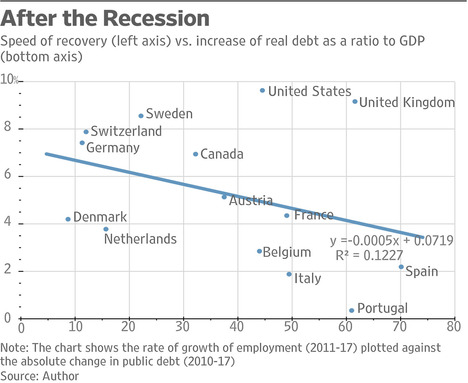(p. B9) Dr. Hultin’s quest to find victims of the 1918 flu was sparked in 1950 by an offhand remark over lunch with a University of Iowa microbiologist, William Hale. Dr. Hale mentioned that there was just one way to figure out what caused the 1918 pandemic: finding victims buried in permafrost and isolating the virus from lungs that might be still frozen and preserved.
Dr. Hultin, a medical student in Sweden who was spending six months at the university, immediately realized that he was uniquely positioned to do just that. The previous summer, he and his first wife, Gunvor, spent weeks assisting a German paleontologist, Otto Geist, on a dig in Alaska. Dr. Geist could help him find villages in areas of permafrost that also had good records of deaths from the 1918 flu.
After persuading the university to provide him with a $10,000 stipend, Dr. Hultin set off for Alaska. It was early June 1951.
. . .
He removed still-frozen lung tissue from the victims, closed the grave and took the tissue back to Iowa, keeping it frozen on dry ice in the passenger compartment of a small plane.
Back in the lab, Dr. Hultin tried to grow the virus by injecting the lung tissue into fertilized chicken eggs — the standard way to grow flu viruses. He was caught up in the excitement of his experiment, he said, and had not thought about the possible danger of introducing a deadly virus into the world.
“I remember the sleepless nights,” he said. “I couldn’t wait for morning to come to charge into my lab and look at the eggs.”
But the virus was not growing.
He tried squirting lung tissue into the nostrils of guinea pigs, white mice and ferrets, but again he failed to revive the virus.
“The virus was dead,” he said.
Dr. Hultin never published his results but bided his time, working as a pathologist in private practice in San Francisco and hoping for another opportunity to resurrect that virus.
His chance came in 1997, when, sitting by a pool on vacation with his wife in Costa Rica, he noticed a paper published in Science by Dr. Jeffery K. Taubenberger, now chief of the viral pathogenesis and evolution section at the National Institute of Allergy and Infectious Diseases.
It reported a remarkable discovery. Dr. Taubenberger had searched a federal repository of pathology samples dating to the 1860s and found fragments of the 1918 virus in snippets of lung tissue from two soldiers who had died in that pandemic. The tissue had been removed at autopsy, wrapped in paraffin and stored in the warehouse.
Dr. Hultin immediately wrote to Dr. Taubenberger, telling him about his trip to Alaska. He offered to return to Brevig to see if he could find more flu victims.
“I remember getting that letter and thinking: ‘Gosh. This is really incredible. This is amazing,’” Dr. Taubenberger said in an interview this week. He thought the next step would be to apply for a grant for Dr. Hultin to return to Brevig. If all went well, Dr. Hultin might go back in a year or two.
Dr. Hultin had a different idea.
“I can’t go this week, but maybe I can go next week,” he told Dr. Taubenberger.
He added that he would go alone and pay for the trip himself so that there would be no objections from funding agencies, no delays, no ethics committees and no publicity.
. . .
Using the tissue Dr. Hultin provided, Dr. Taubenberger’s group published a paper that provided the genetic sequence of a crucial gene, hemagglutinin, which the virus had used to enter cells. The group subsequently used that tissue to determine the complete sequence of all eight of the virus’s genes.
. . .
Before results from the study of the Brevig woman’s virus were published, Dr. Hultin asked the villagers if they wanted the village to be identified in a news release and a journal article. They might be besieged by media. “Maybe you won’t like that,” he warned them.
The Brevig residents came to a consensus: Publish the paper and identify the village. Dr. Hultin was listed as a co-author.
(Note: the online version of the obituary was updated January 28, 2022, and has the title “Johan Hultin, Who Found Frozen Clues to 1918 Virus, Dies at 97.”)
Gina Kolata devotes a chapter to Hultin’s search for the 1918 flu virus in her book:
Kolata, Gina. Flu: The Story of the Great Influenza Pandemic of 1918 and the Search for the Virus That Caused It. New York: Farrar, Straus & Giroux, Inc., 1999.


